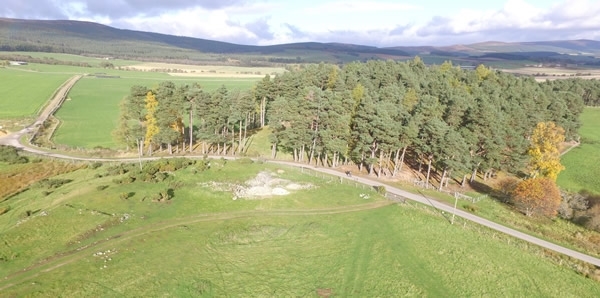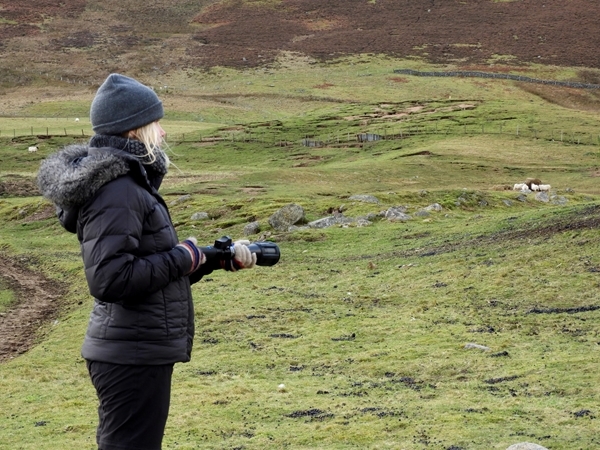
Today, researchers and practitioners involved in the LIFE-funded LaserFence project from Scotland, England, Spain and The Netherlands will converge on the small Aberdeenshire village of Tarland for the start of the seventh partner meeting.
The project began in 2016 with the aim of investigating whether bird-scaring laser devices might be adapted to scaring mammalian pests out of crops and food stores. Trials have been taking place in all contributing countries and beyond, looking at a diverse array of pest species, from rats and rabbits at GWSDF to deer and wild boar in Germany (where one of our trial sites is located).

The meeting provides the opportunity to discuss some of the early results. For example, at GWSDF with the help of Andy Taylor, an MSc student from Aberdeen University, we have found that when using the small handheld laser, rabbits respond equally when presenting the laser to them in a variety of patterns, with an average response rate of around 20%.
We’ve also just finished a very interesting study with Andy Gibb, another Aberdeen MSc student, looking at the response rate in rabbits when the power output from the laser (i.e. the brightness) is reduced. This looks very promising with response rates higher than we anticipated at the lower power ratings. This is important because it means the larger automatic devices that can be programmed and left to protect a patch of ground might work effectively with relatively low power requirements – especially overnight when it is dark and the contrast in brightness with the laser beam is maximised.

As well as catching up with colleagues, the meeting will be the first time we will be able to see the new coloured handheld lasers. To date, all the lasers used in the trials have emitted a green beam. This is the colour found to be most effective against birds, but one of the ways we are hoping to increase the response rate amongst mammals is to try different colours. After all, the visual systems of birds and mammals are quite different and can vary substantially from species to species. So, we will be starting trials soon with the new red, blue and yellow lasers – watch this space!